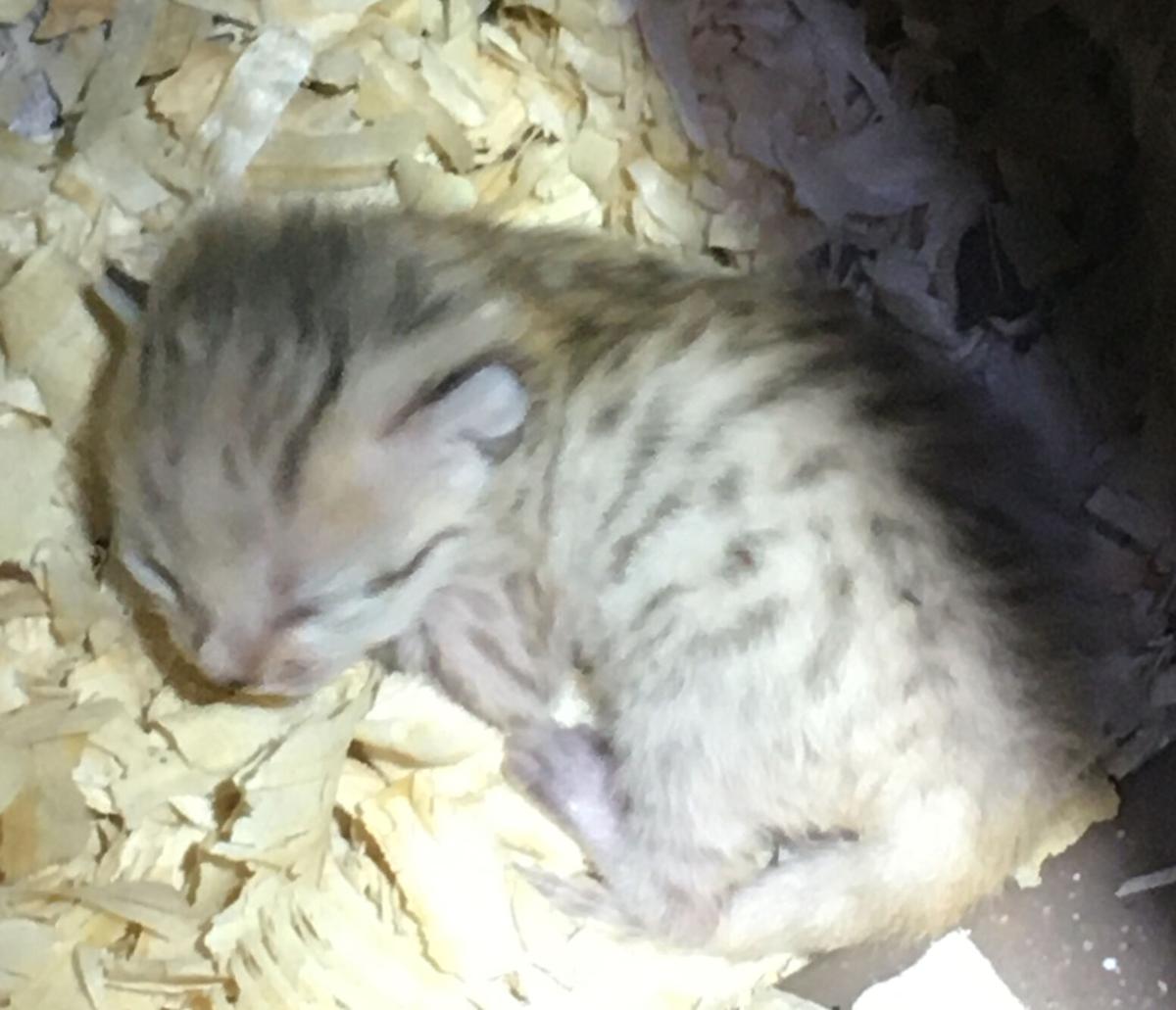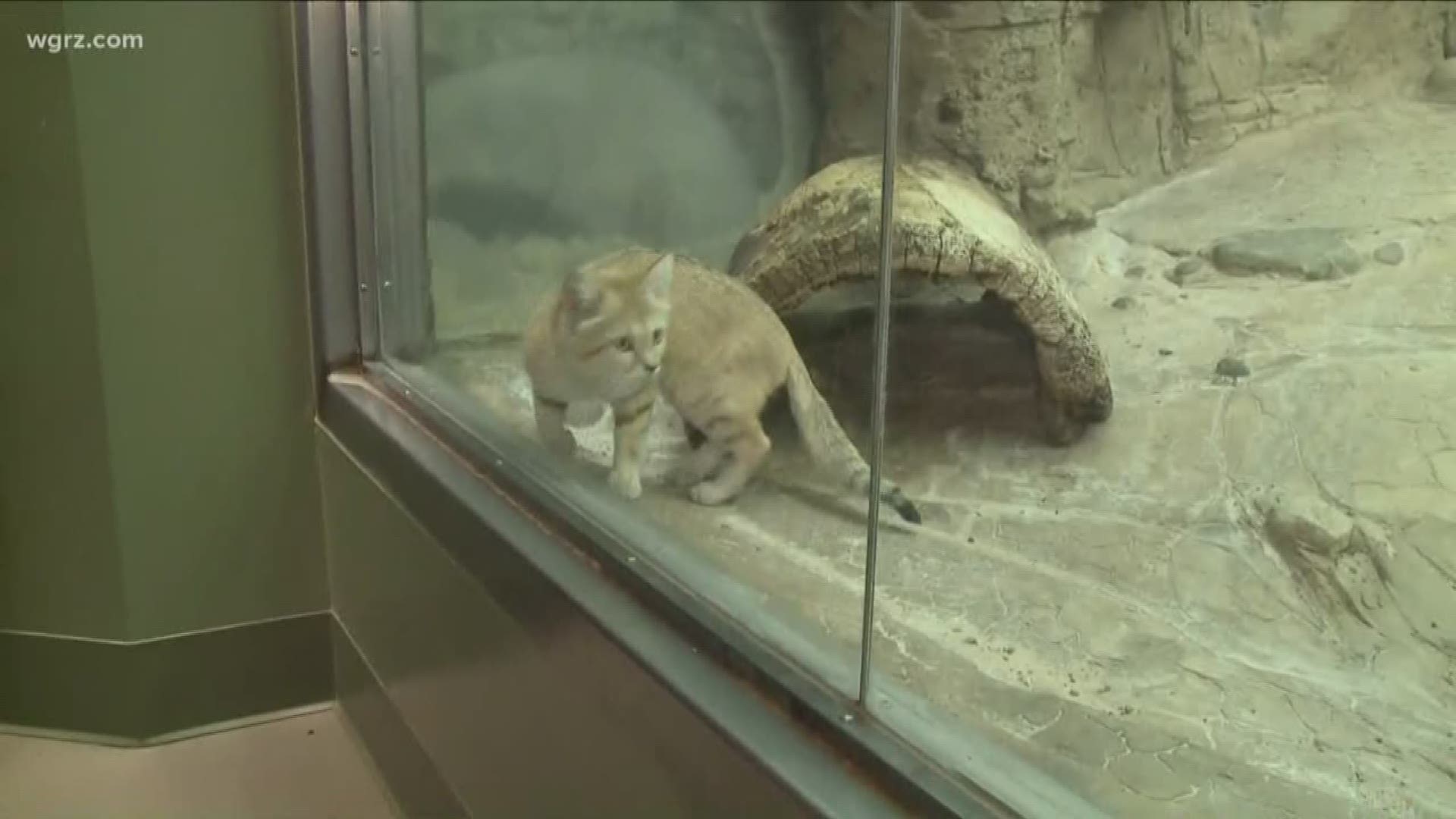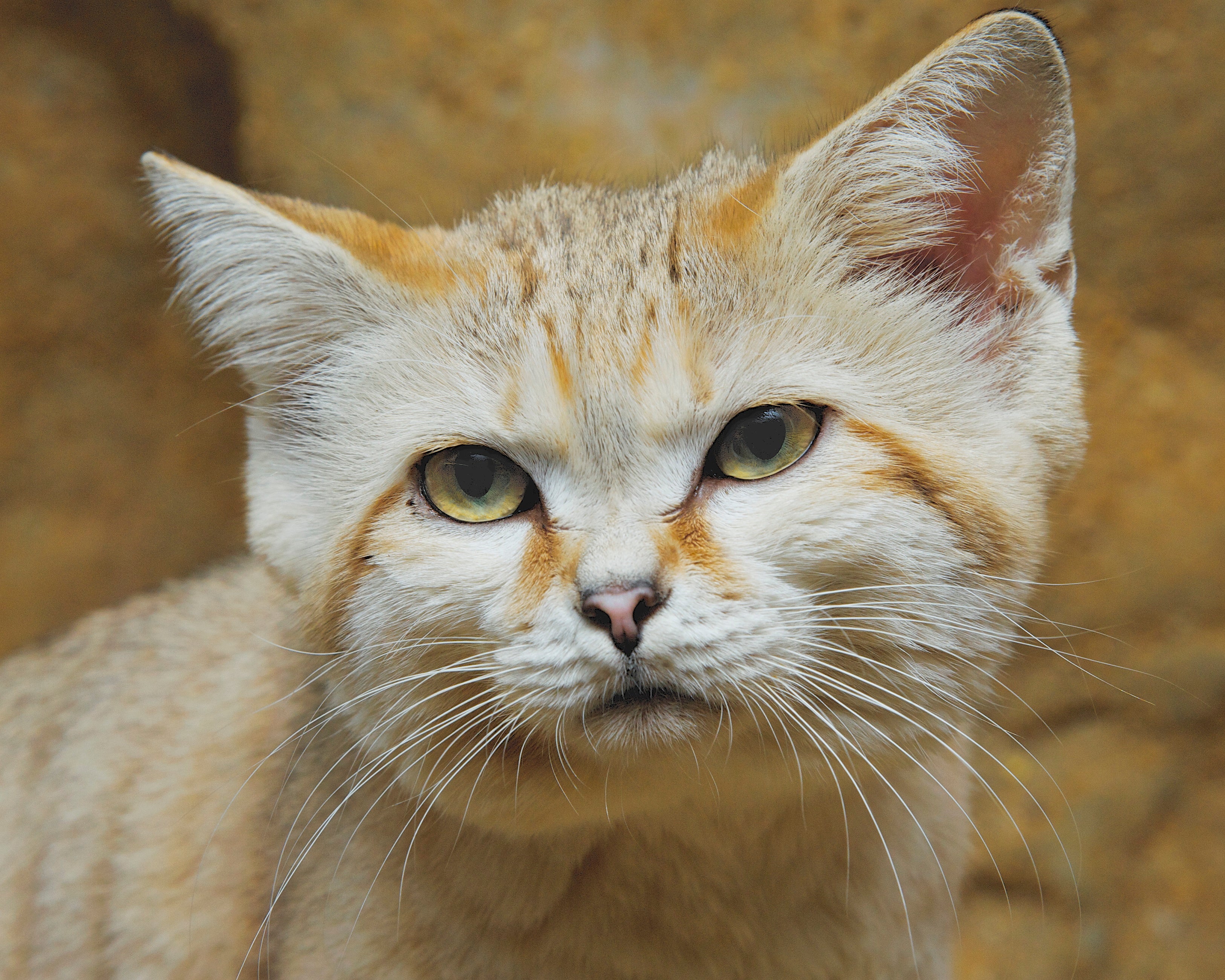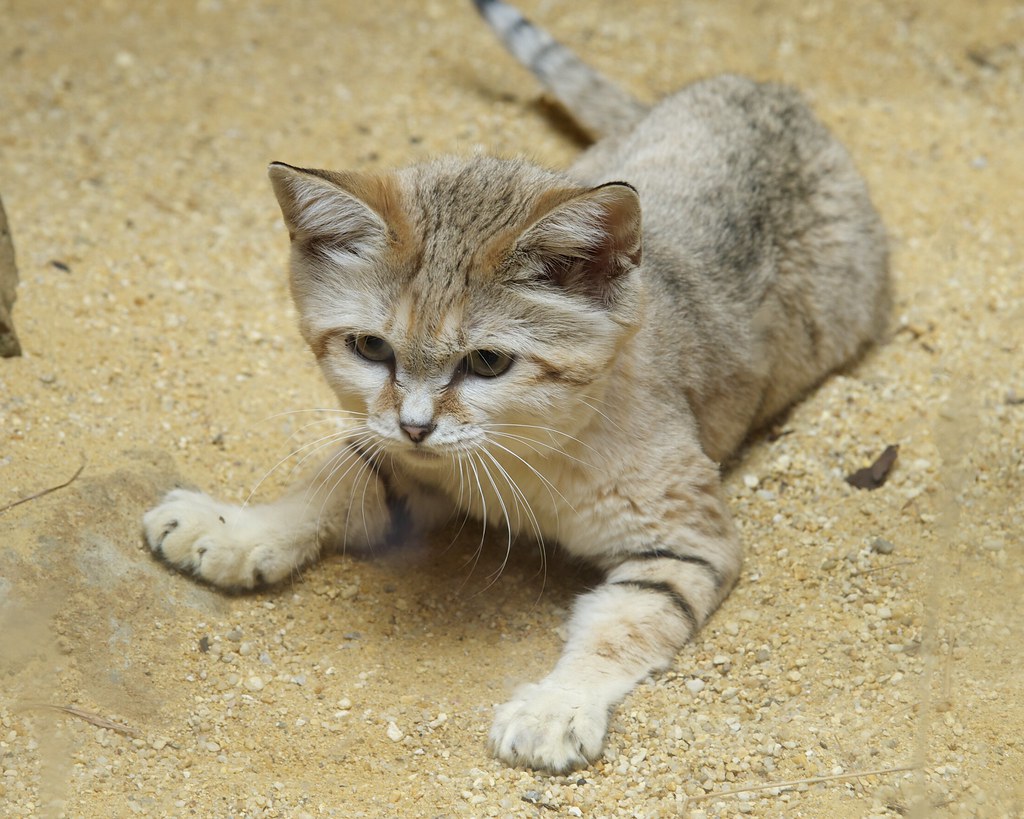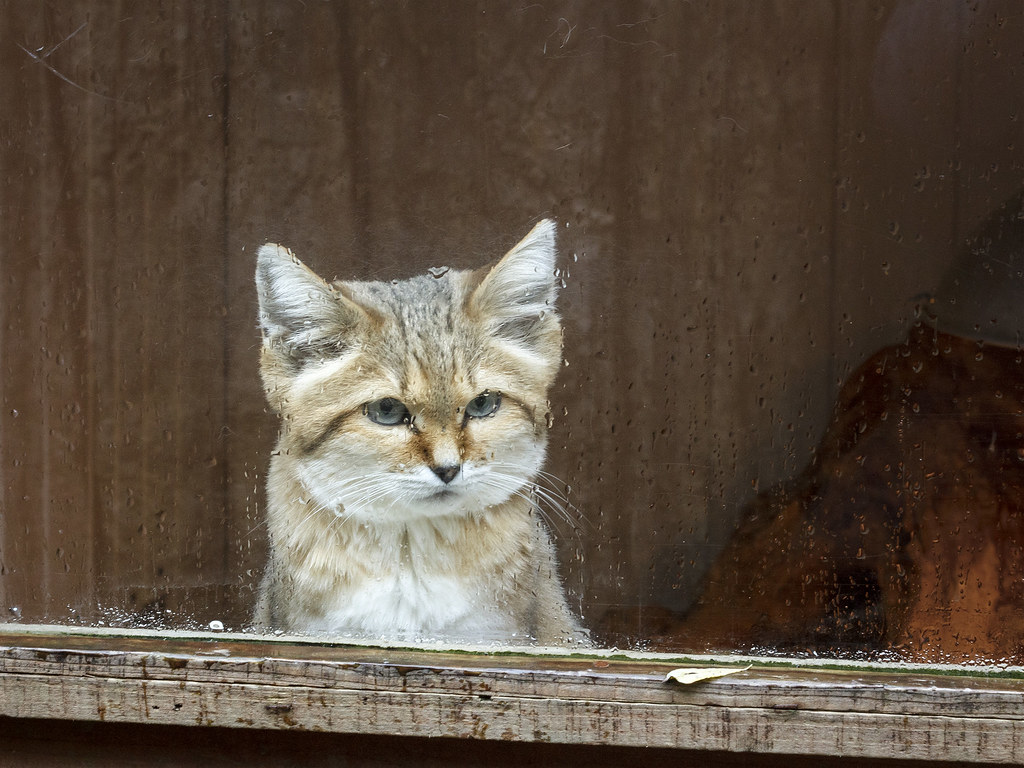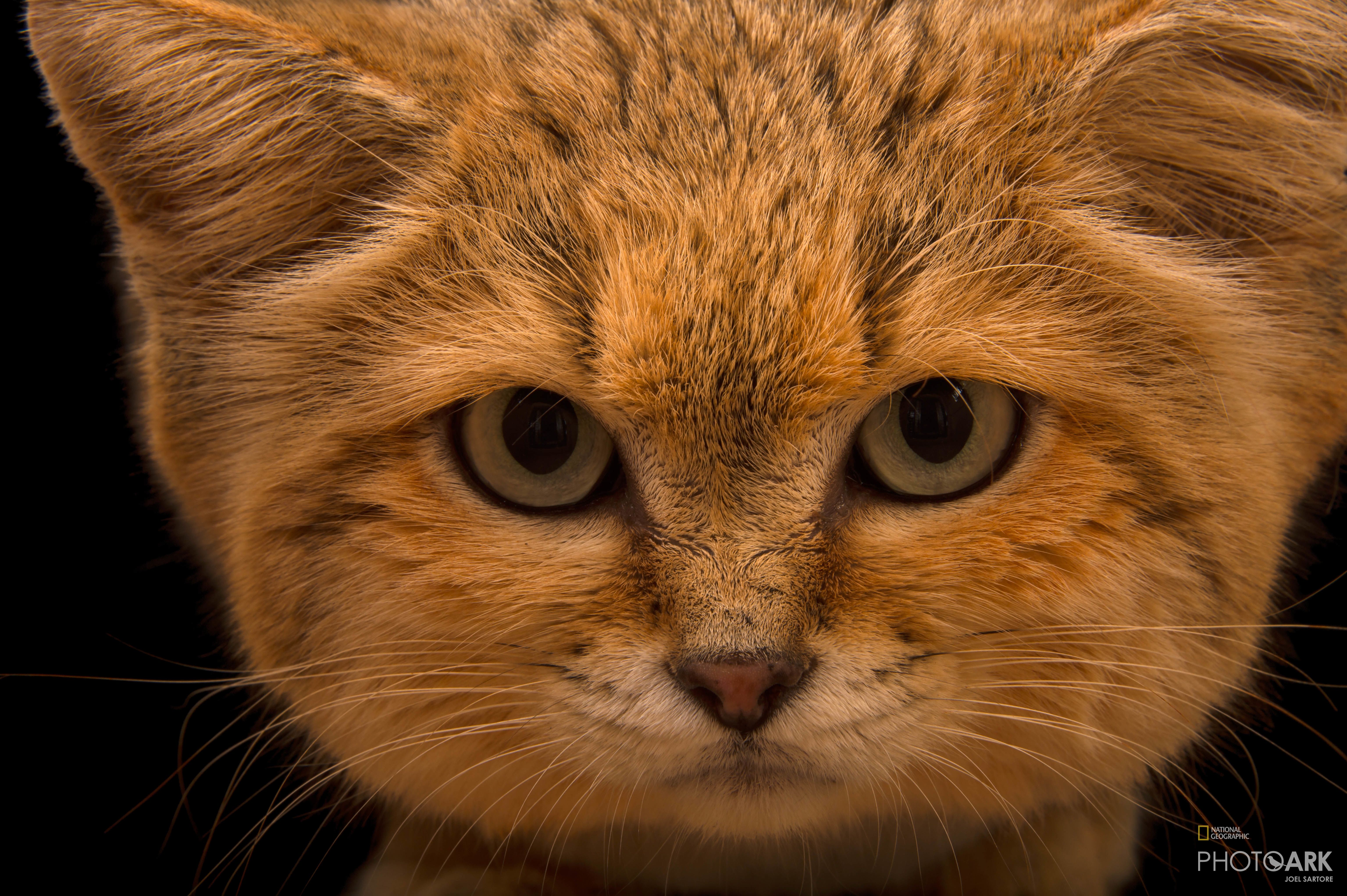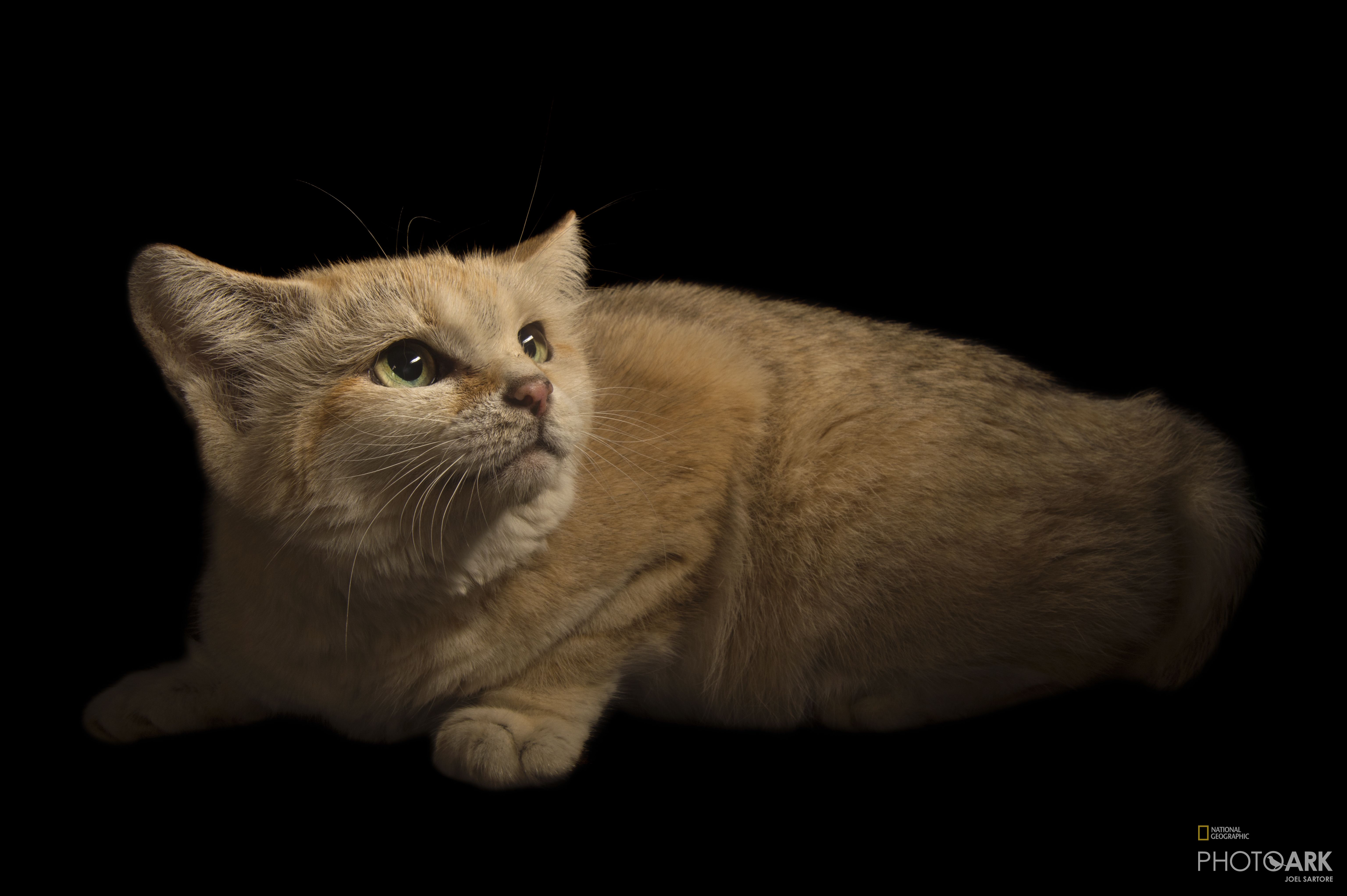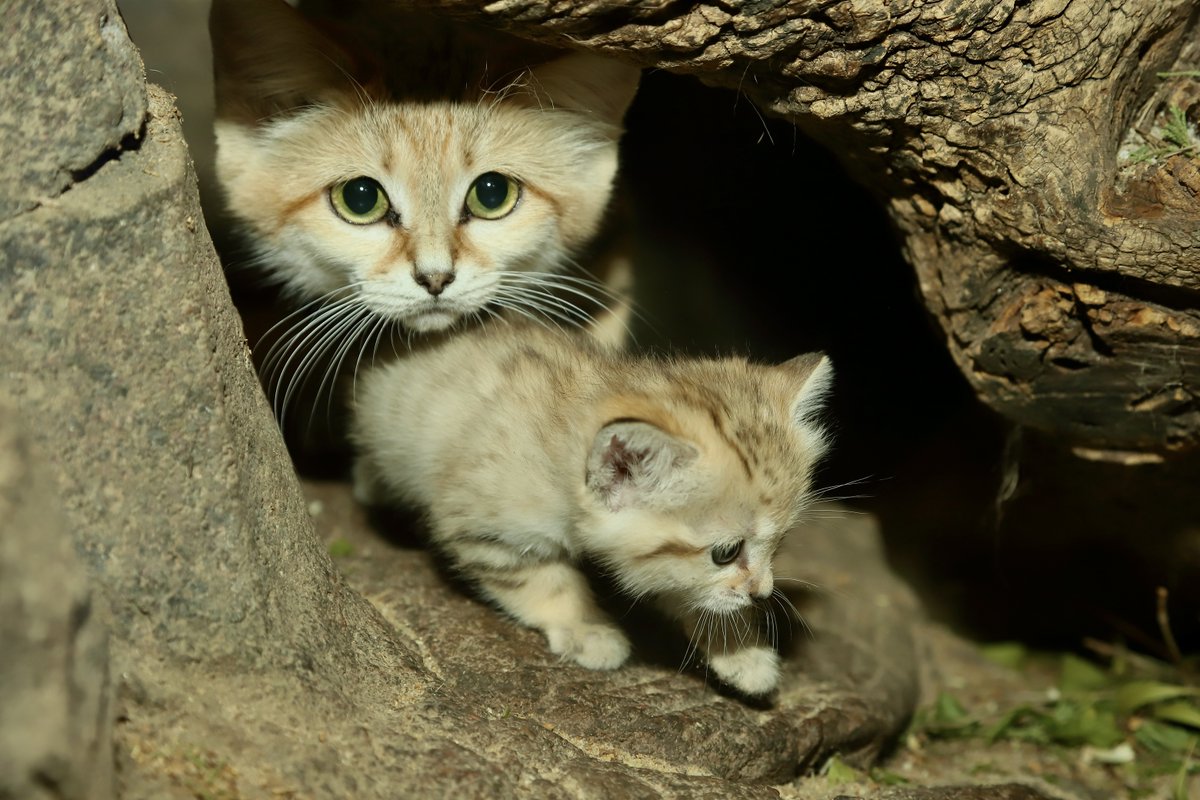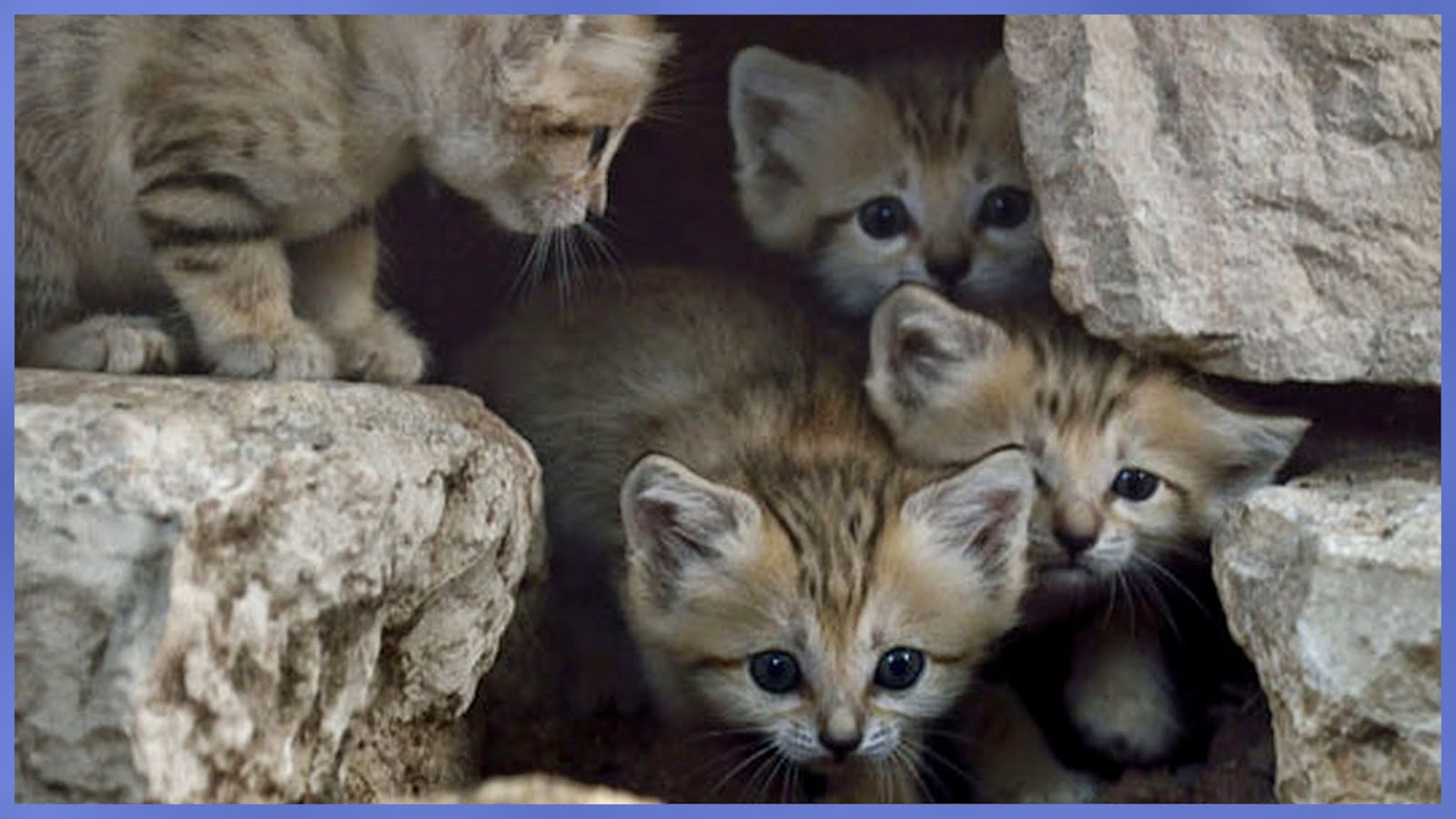Sand Cats Zoo Habitat

Sand cats can sometimes go months without drinking.
Sand cats zoo habitat. Sand cats are kept in many zoos and collections mainly in the USA Europe and the Middle East. Sand cats prefer a very dry arid habitat with little vegetation for which they are well adapted. Life span in the wild is unknown.
Sand cats are native to the deserts of North Africa and the Arabian Peninsula. The Arabian Sand Cat is able to live without drinking water and sustains itself on the water it gets. The largest captive group is held at Al Ain Zoo Abu Dhabi United Arab Emirates.
Conditions are extreme in the desert and temperatures can reach 124º F during the day and 31º F at night. During extreme heat the sand cat cools off in a burrow. At the San Diego Zoo and the San Diego Zoo Safari Park most of our small cats are offered commercial cat kibble and a specially formulated carnivore diet as well as thawed mice and bones.
Theyre also a rare sight to see which is why the NC. To transition zoo-raised animals back to the wild. In the wild the sand cats can be found in the stony and sandy desert in North Africa and Southwest Asia.
Large ears and thickly furred pads are special adaptations that allow the cat to detect underground prey and survive in extreme conditions. Instead they live in dry sandy plains and rocky valleys. Highlights Sand cats have an exceptionally large middle ear cavity making them extremely sensitive to the small scratching sounds of burrowing rodents as well as large ears that can swivel and funnel sounds to the inner ear.
Nature perfectly equipped this little predator to live in extreme conditions. And in parts of central Asia. Due to the remote harsh terrains of its habitat limited research has been conducted and populations.

